Let Your Slow Cooker Do The Work
What’s the saying? Set it and forget it? That’s the joy of the slow-cooker and we particularly like how it works on large hunks of meat. In this recipe for Slow-Cooker Pork with Rhubarb BBQ Sauce we take advantage of a well-marbled piece of pork and our easy Rhubarb BBQ Sauce that is quick to make, based on FODY BBQ Sauce.
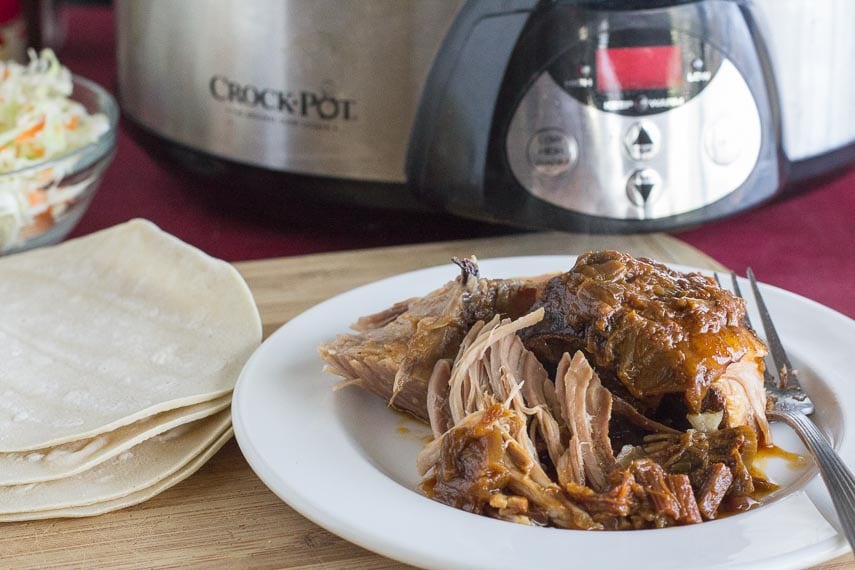
Big or Small, Have it Your Way
You can vary this Slow-Cooker Pork recipe by the weight of your meat and the amount of sauce, so use this as a guide. Since the slow-cooker does all the work we say why not go big! Making a 7 or 8 pound (3.2 kg to 3.6 kg) pork shoulder is no more difficult than one half that size.
And leftovers are always welcomed! And, by the way, you can go boneless or with bone. We think the bone adds flavor.
Once cooked, we like this pork piled onto low FODMAP rolls or inside corn tortillas the best, but there is nothing wrong with serving it on a plate with some slaw on the side.
Or pasta salad. We never get tired of this easy dish.
The process is super simple: dry rub all over the pork, add the sauce, set the slow-cooker and then wait. The patience is the hard part! I made one of these in the evening and let it cook overnight. Instead of waking up to the smell of coffee, it was the smell of BBQ pork and I have to tell you, it was even more invigorating!
For a version that can be made in the oven and uses a dry-rub only, check out our Dry Rubbed Slow-Roasted Pork.
And be sure to check out our sweet recipes featuring rhubarb such as our lattice pie, upside down cake and a simple tart.
Let’s Make Slow-Cooker Pork!
Let us know if you make this dish! We would love to hear from you. And check out our Low FODMAP Slow Cooked Asian-Style Pork, too.
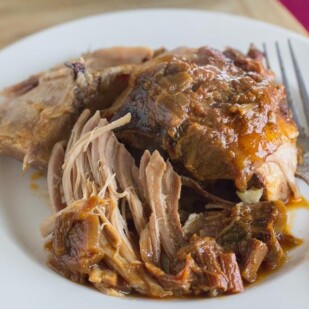
Slow-Cooker Pork with Rhubarb BBQ Sauce
The slow cooker does the work here. The dish does need 8 hours of cooking, but it is unattended. You will be rewarded with juicy flavor-packed pork, falling apart tender, featuring our Rhubarb BBQ Sauce.
Ingredients:
- 2 tablespoons kosher salt
- 1 tablespoon firmly packed light brown sugar
- 1 tablespoon freshly ground black pepper
- 1 tablespoon dry mustard
- 1 tablespoon paprika
- 1 tablespoon smoked paprika
- 1 teaspoon ground chipotle pepper
- 1 teaspoon cumin
- 7 to 8 pound (3.2 kg to 3.6 kg) bone-in pork shoulder, at room temperature
- 1 batch Rhubarb BBQ Sauce
Preparation:
-
Stir the salt, brown sugar, pepper, dry mustard, paprika, smoked paprika, chipotle pepper and cumin together in a small bowl. Use your hands to rub it into the meat, covering every surface.
-
Place seasoned pork in large slow-cooker (we use a 6 quart size) and add Rhubarb BBQ Sauce and turn the meat to coat. Leave meat fat side up.
-
Cover and set the slow-cooker on low for 8 hours. The meat is ready to serve, or you can refrigerate it overnight and skim off any excess fat that rises to the top, then reheat on top of stove or in microwave. Serve on buns, with corn tortillas and/or alongside some low FODMAP slaw.
Notes:
Tips
- You can halve this recipe if making for a smaller crowd. Simply use half the amount of all the ingredients and set the slow cooker for 6 hours.
Nutrition
All nutritional information is based on third-party calculations and should be considered estimates. Actual nutritional content will vary with brands used, measuring methods, portion sizes and more. For a more detailed explanation, please read our article Understanding The Nutrition Panel Within Our Recipes.
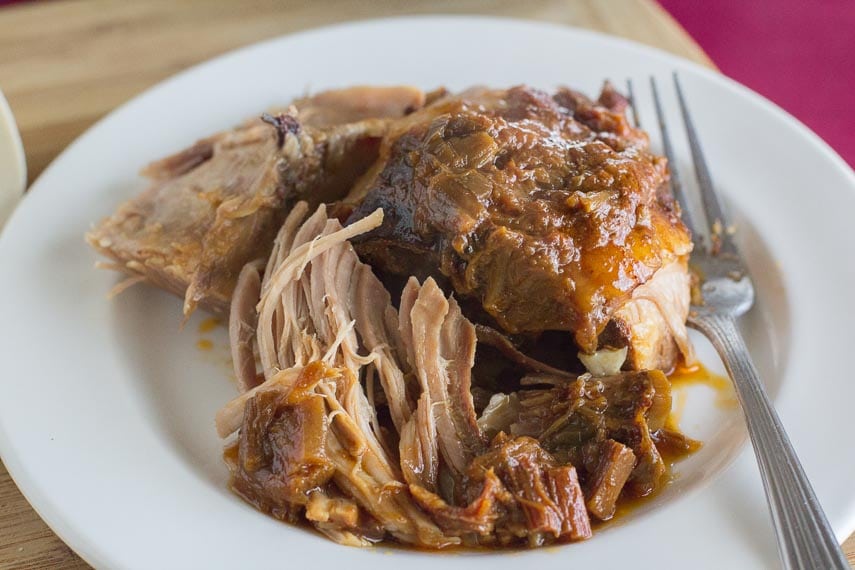
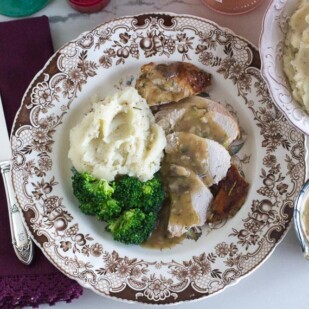
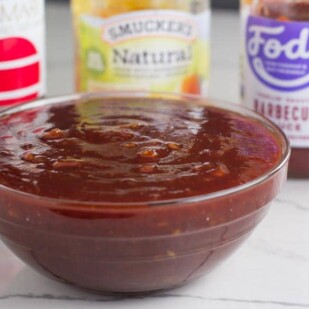




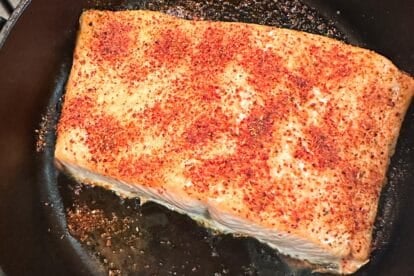
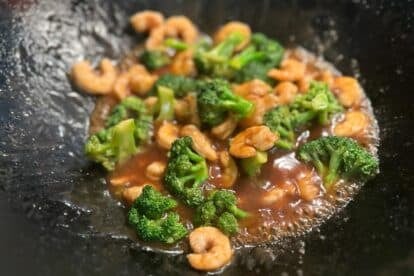
This recipe looks incredible, but that rhubarb BBQ sauce contains two ingredients (FODY BBQ sauce and rhubarb itself) that can be really inaccessible for a lot of folks, myself included. It would be amazing if you’d develop a more pantry-friendly version of the sauce!
Hi Haley, this was a recipe sponsored by Fody, so the point was showing folks how to utilize their products in creative ways. Rhubarb won’t be in season again for us for another half a year, so I am afraid another version will not be coming soon.
Absolutely delicious!!
I haven’t made my rhubarb sauce this year. You have inspired me!